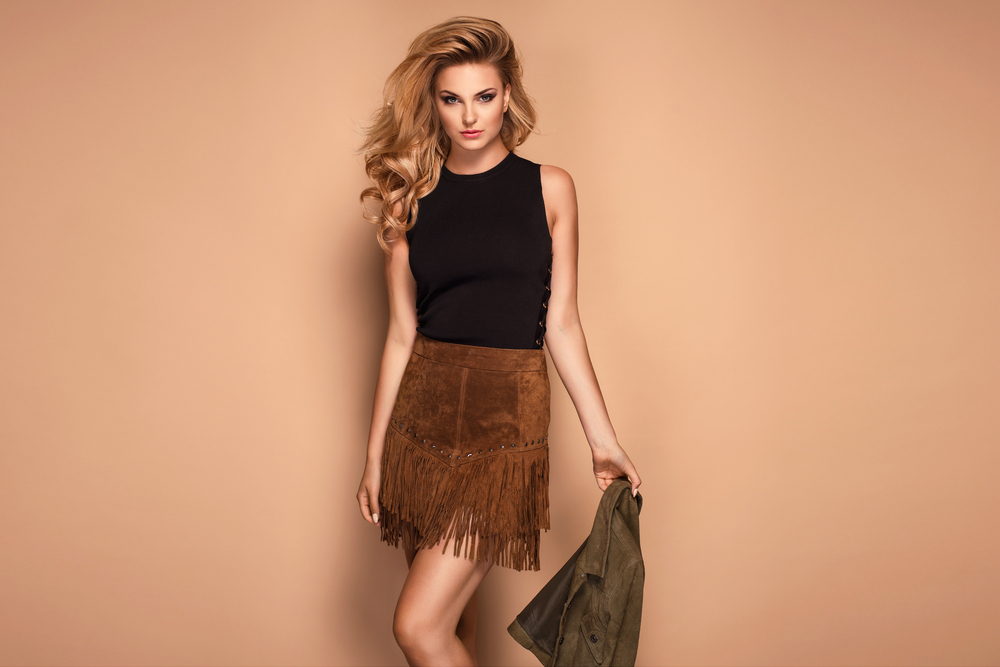
The Art of Modeling: Unveiling the Secrets Behind the Fascinating World of Fashion and Design
The Art of Modeling: Unveiling the Secrets Behind the Fascinating World of Fashion and Design
Introduction:
Fashion modeling is an art form that has captivated people's imaginations for decades. Models not only showcase the latest trends and designs, but they also embody the essence of style and elegance. The world of fashion and design would not be the same without these talented individuals. In this article, we will delve into the secrets behind the fascinating world of modelling , from the skills required to the challenges faced by models in the industry.
The Skills:
Modeling requires a unique set of skills that go beyond having a pretty face. Models must have the ability to project confidence, grace, and poise. They need to be able to convey emotions through their body language and facial expressions. Additionally, they should possess the physical attributes that align with industry standards, such as height, weight, and proportions. However, it's important to note that diversity is increasingly celebrated in the fashion world, leading to the recognition and inclusion of models with various body types, ethnicities, and gender identities.
The Training:
Many aspiring models undergo training to hone their skills and enhance their chances of success in the industry. Modeling schools provide classes on posture, posing, walking, and even skincare and fitness. These programs help aspiring models understand the nuances of the profession, preparing them for the competitive environment they will enter.
The Casting Process:
Casting is a crucial step in the modeling industry. It is here that models are selected for specific fashion shows, photoshoots, or campaigns. Casting directors, designers, and clients evaluate numerous aspiring models based on their look, versatility, and suitability for the project. Casting calls may entail walking down a runway, posing for photographs, or even delivering a brief performance. Models must be prepared and confident during these auditions to leave a lasting impression.
The Challenges:
While being a model may seem glamorous from the outside, it comes with its own set of challenges. The pressure to maintain a certain physique, cope with rejection, and manage a demanding schedule can be overwhelming. Models often face competition in a saturated market, where securing lucrative opportunities can be incredibly competitive. The industry has also been criticized for its portrayal of unattainable beauty standards. However, it's important to acknowledge the ongoing efforts to promote diversity and inclusivity, reflecting the true beauty and diversity of society.
The Rise of Social Media:
Social media has revolutionized the modeling industry, offering a platform for aspiring models to showcase their talent and build a following. Popular platforms like Instagram have become integral tools for models to network with industry professionals, gain exposure, and even secure work independently. Models can create a personalized portfolio to showcase their versatility and unique style, which can significantly boost their chances of success.
The Impact of Fashion Modeling:
Fashion modeling extends beyond mere clothes-horse duties. Models play a crucial role in shaping trends, influencing consumer choices, and promoting brands and products. Their ability to embody fashion and create an emotional connection with viewers makes them powerful figures in the industry. The impact of models goes well beyond the runway or printed page, as they become ambassadors for designers and style icons for countless individuals.
Frequently Asked Questions:
Q1: How tall do you have to be to become a model?A1: Height requirements can vary in the modeling industry, but typically, female models should be around 5'8" to 5'11" tall, while male models should range from 5'10" to 6'3".
Q2: Can I become a model if I don't fit traditional beauty standards?
A2: Yes! The modeling industry has become more inclusive in recent years, embracing diversity in terms of body types, ethnicity, and gender identity. Many successful models today break traditional beauty standards, emphasizing the uniqueness and authenticity of individuals.
Q3: How do I get started in modeling?
A3: Start by researching reputable modeling agencies in your area, and consider attending open castings or submitting your photographs online. Building a strong portfolio and working with professional photographers can also increase your chances of getting noticed in the industry.
Q4: Do I need professional training to become a model?

A4: While professional training can be beneficial, it is not always necessary. Many successful models have started their careers without formal training. However, modeling schools can equip you with valuable skills and knowledge that can give you an edge in a competitive industry.
Q5: How can I protect myself in the modeling industry?
A5: It's important to be vigilant and aware of potential scams or exploitative situations. Research all contracts and agreements thoroughly, and never pay large fees upfront to agencies. Connect with experienced models or professionals in the industry who can provide guidance and support.
Conclusion:
Modeling is an art form that combines beauty, talent, and dedication. Behind the enchanting world of fashion and design, models work tirelessly to bring life to the creations of designers and make an impact on the industry. Overcoming challenges and embracing diversity, models are shaping the future of fashion and inspiring countless individuals around the world. So the next time you see a stunning photograph or a captivating runway performance, remember the artistry and hard work behind the model, and appreciate the fascinating world of modeling.
Other useful resources
- https://en.wikipedia.org/wiki/Modeling_agency
- https://en.wikipedia.org/wiki/Category:Modeling_agencies
- https://www.planetmodelphoto.com/models/modeling/usa/charlotte/nc-north-carolina